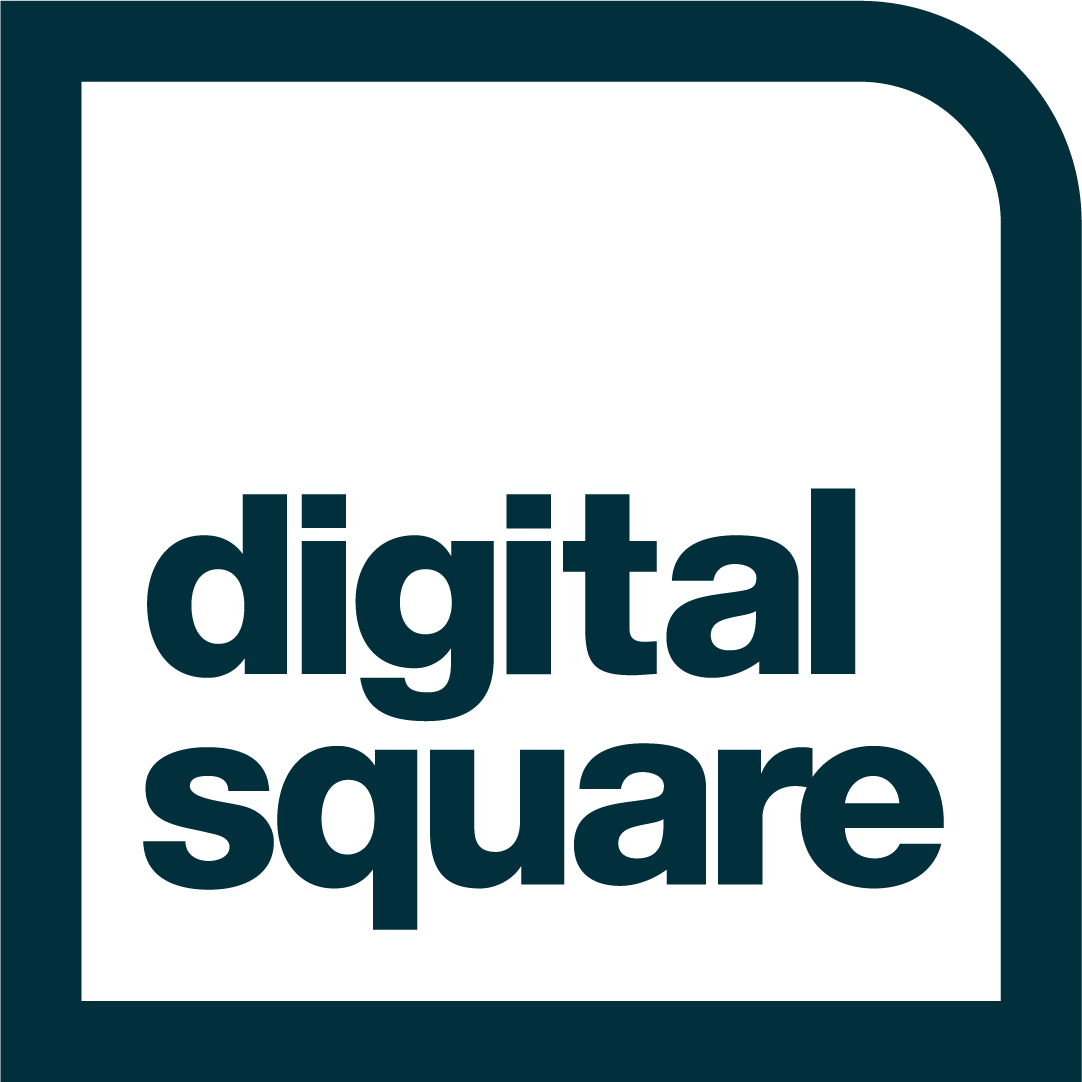Supporting women through—and in—digital health
By: Lauren Wall, Digital Square Deputy Director of Capacity Strengthening and Carolyn Kamasaka, PATH Senior Program Officer for Digital Health
The Digital Square team designed and delivered a workshop on gender integration in digital health at the Global Digital Health Forum using a board game to demonstrate how to put gender integration into practice. Photo: Amarynth Sichel/USAID
Note: Lauren Wall and Carolyn Kamasaka were recently selected as members of the WomenLift Health 2024 Leadership Journey, a leadership initiative designed to support women through the challenges and opportunities of advancing to senior leadership positions in global health.
PATH is part of a coalition that has been working with the World Economic Forum (WEF) to understand the women’s health gap and mobilize the actions needed to close it. The resulting report published by WEF earlier this year found that women spend 25% more time in poor health than men. Digital technology holds immense potential to transform health care, but its effectiveness depends on its accessibility. Currently, compared to men, women have less access to digital tools, such as mobile internet and mobile phones, and many tools are not designed with the needs of women in mind.
Digital Square’s vision is a world where appropriate use of digitally enabled health services helps close the health equity gap. A crucial part of that work is removing the barriers to women’s equal access to digital health services and decision-making at all levels of the digital health ecosystem.
The digital divide
Read the 2023 GSMA Mobile Gender Gap Report here.
Mobile internet is the primary, and sometimes singular, way people access the internet in low- and middle-income countries (LMICs), but according to the 2023 GSMA Mobile Gender Gap Report, the rate at which women adopt the use of mobile internet has slowed for the second year in a row. 900 million women are still not using mobile internet at all, and women are still 19% less likely to use the internet than men. Smartphone ownership gender gaps have also not improved, with women being 17% less likely to own a smartphone compared to men.
As health systems rapidly digitize, this gender gap cannot be ignored. Without addressing women’s digital needs, digital transformation cannot be realized.
Women are 70% of the healthcare workforce
Women are the backbone of the health workforce, representing 70% of health and social care workers. By intentionally designing around the needs of all healthcare workers—most of whom are women—the promise of digital transformation can be more rapidly realized.
Digital Square supports gender inclusivity for women health workers by practicing user-centered design in its work to develop digital solutions, ensuring that User Advisory Groups reflect the key users. Our recent work developing an electronic immunization registry in Malawi is an example of this approach in action. User-centered design helps ensure that digital systems are designed to work for the women who use them.
Gender equity at the leadership level
Although women make up 70% of the health workforce, they hold only 25% of leadership roles. Policy research has shown that compared to their male counterparts, women in leadership are more likely to respond to community concerns, prioritize the needs of women and other marginalized groups, and increase research on women’s health. At the leadership level, women must have representation in governing bodies, strategy development, implementation, and evaluation of digital health initiatives to ensure that women’s needs and experiences inform and shape investment and implementation decisions to support equitable digital health transformation.
Digital Square works with many ministries of health (MOHs) that share our commitment to women’s leadership. We frequently partner with MOHs to ensure women’s representation on user advisory groups, technical committees, procurement committees, and evaluation teams. Digital Square also advocates for leadership and training opportunities for women throughout our capacity-strengthening portfolio.
Several of our partners are doing similar work to support current and future women leaders in digital health, such as RECAINSA through their Women Leaders in Digital Health Program.
Gender-disaggregated data
In order to build gender-responsive health systems, health leaders need to have the necessary types of information. Digital Square works in partnership with MOHs to design and implement systems that enable high-quality, timely, gender-disaggregated data, which are essential for improving health equity. These data enable health systems to:
identify disparities in health based on gender;
conduct analyses to see how gender inequality intersects with other factors to affect individual and population health; and
address gender inequities by developing gender-responsive and transformative policies, budgets, and plans.
Gender integration is essential to health programming
Gender integration is not a job solely for gender specialists. We can all be gender advocates, learn more about gender integration, and incorporate it in our work.
There are tools to guide gender integration in digital health – and more and more are being developed every day. One great example is Gavi, the Vaccine Alliance’s Gender-Intentional Digital Health Intervention and Enablers: A Rapid Guide for Analysis Planning and Monitoring, which is user-friendly and makes these processes approachable and practical.
“All digital health design must be gender-intentional design.”
All digital health design must be gender-intentional design, or else we will exclude essential stakeholders—the majority of the health workforce—and impede gender equity in health outcomes, economic empowerment, and leadership. Creating digital health programs and products that support gender equity requires intentionality, and we are building partnerships at Digital Square that reflect this intention.
We invite you to join us.



